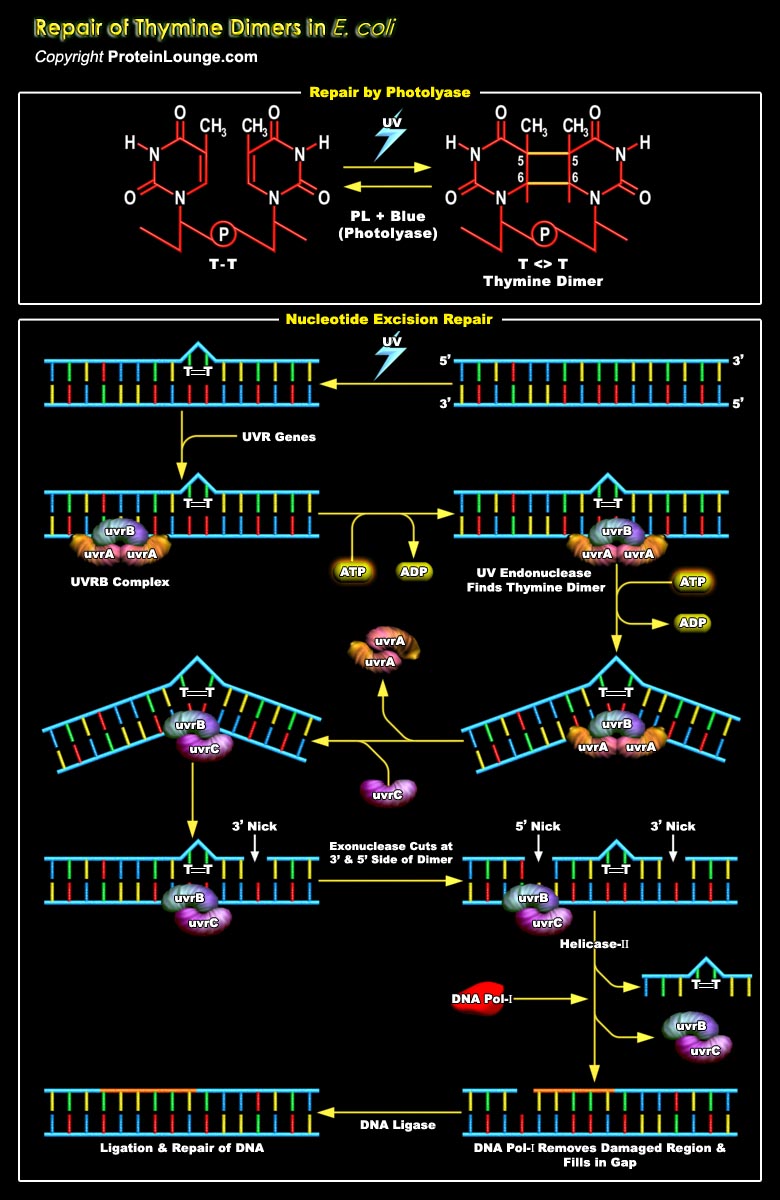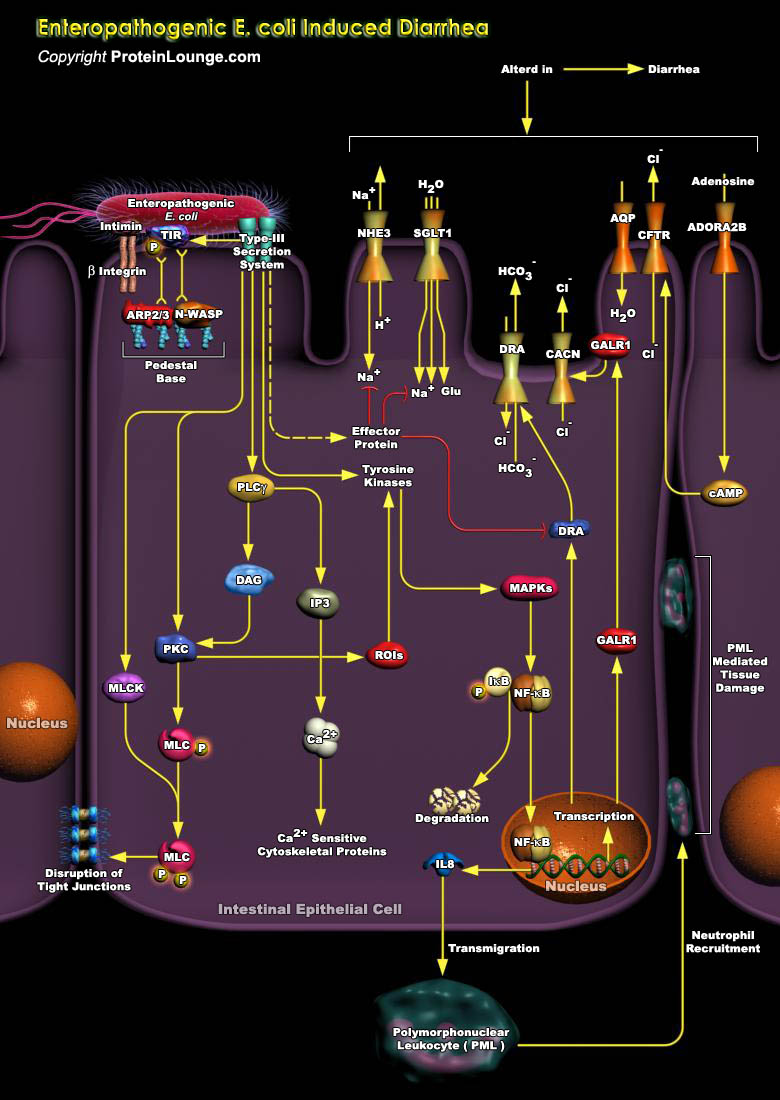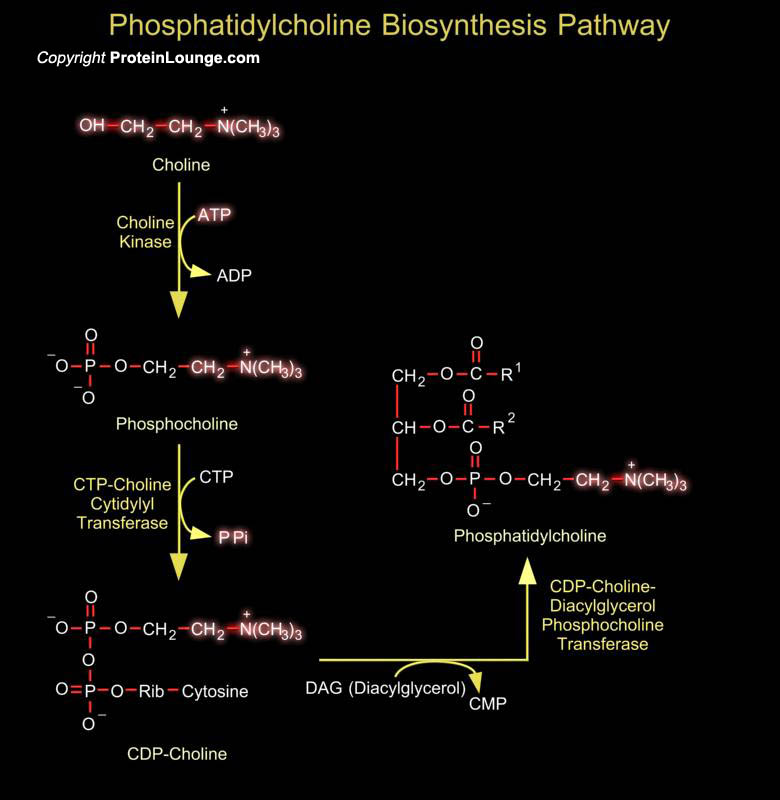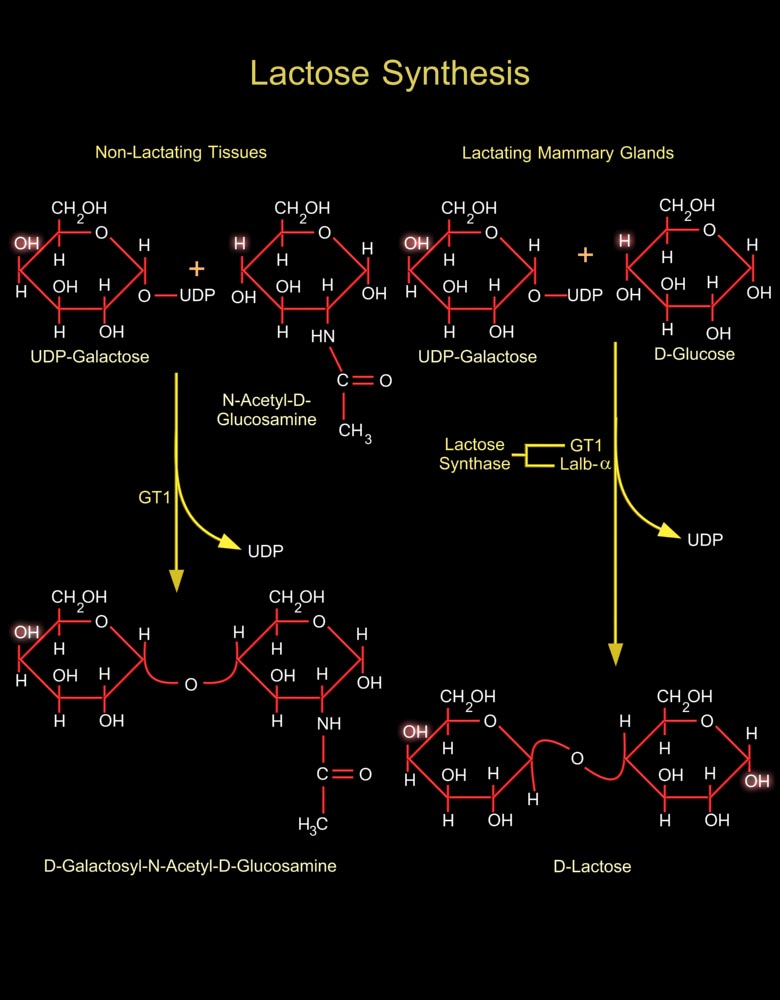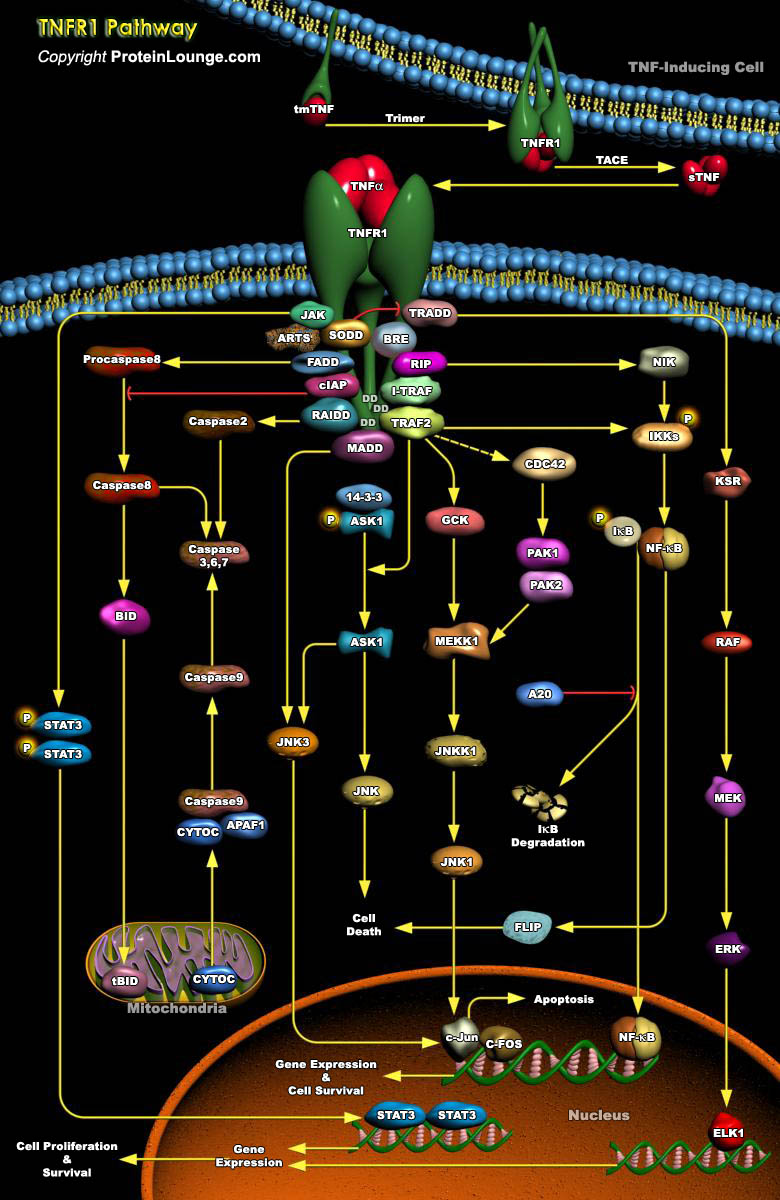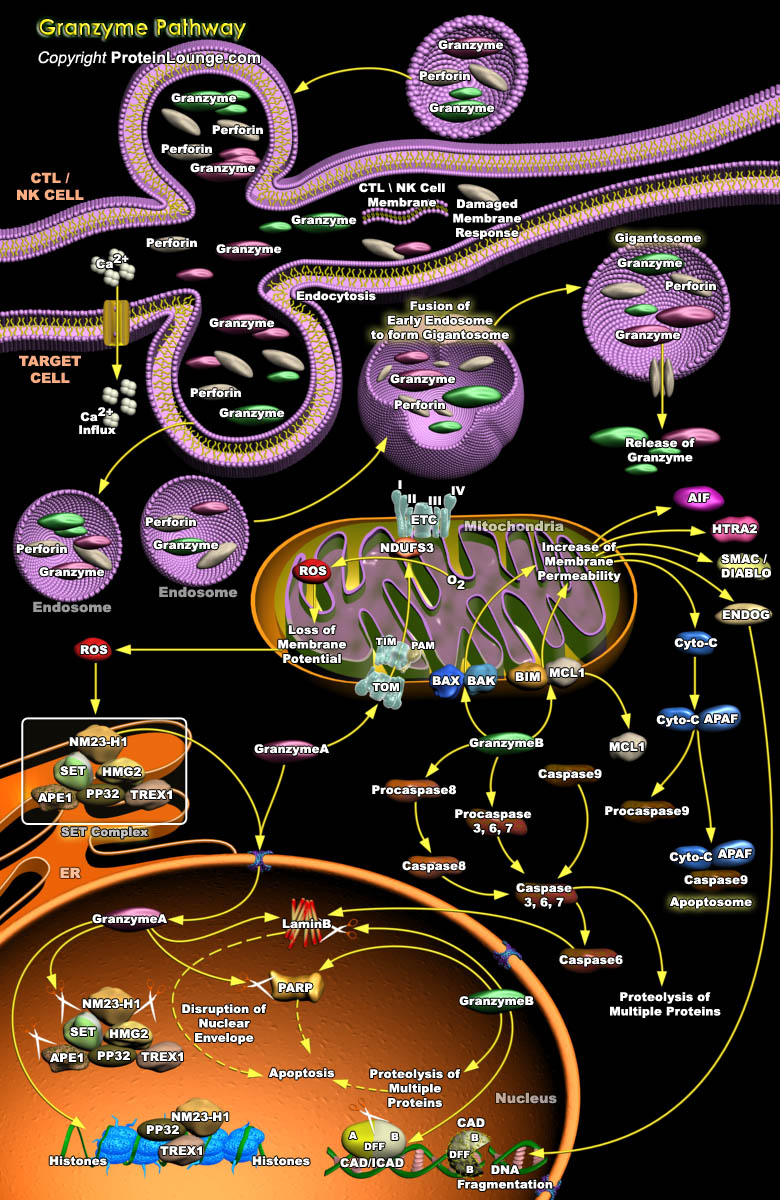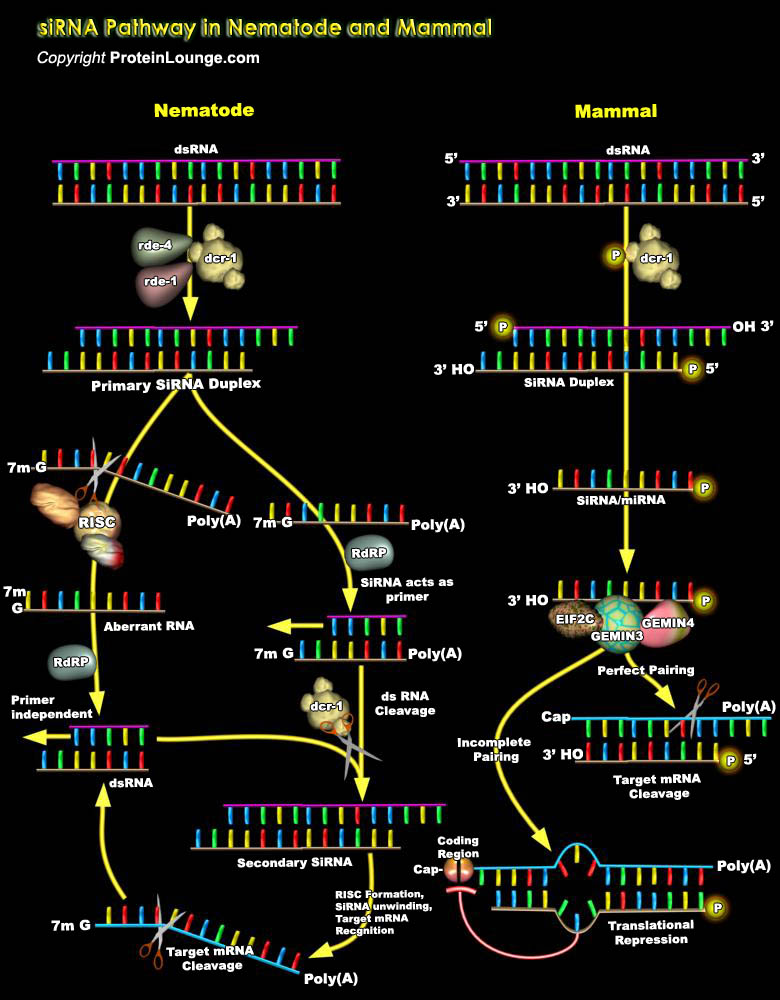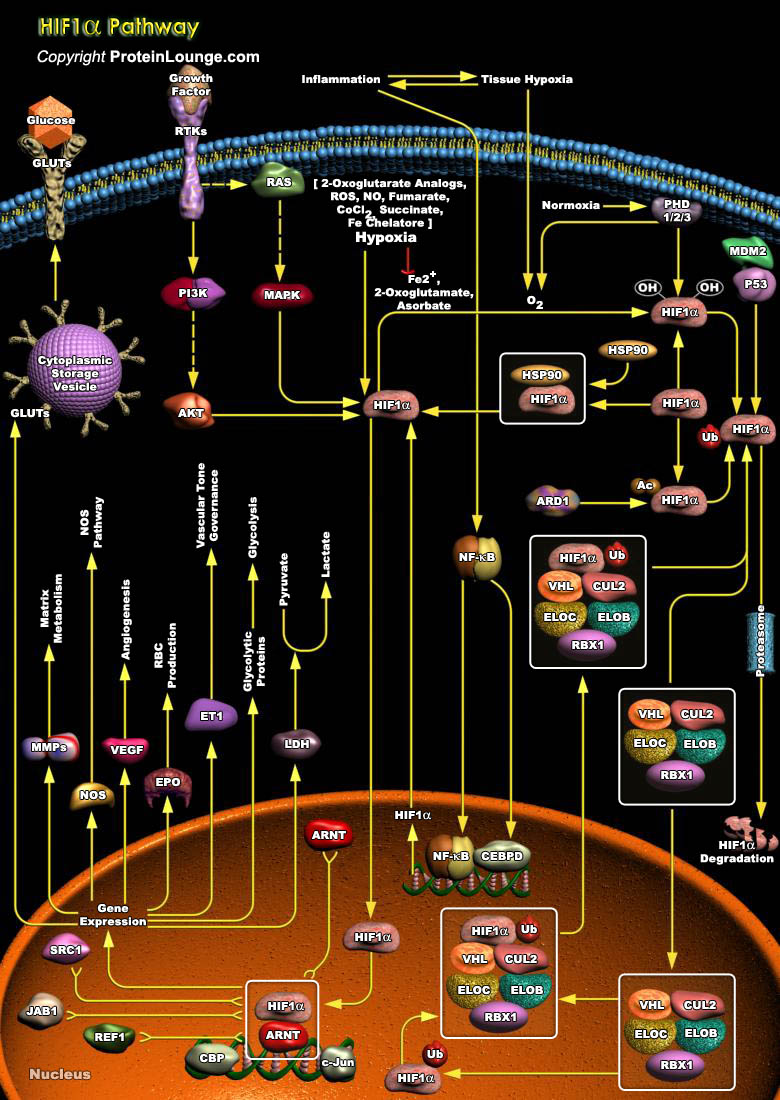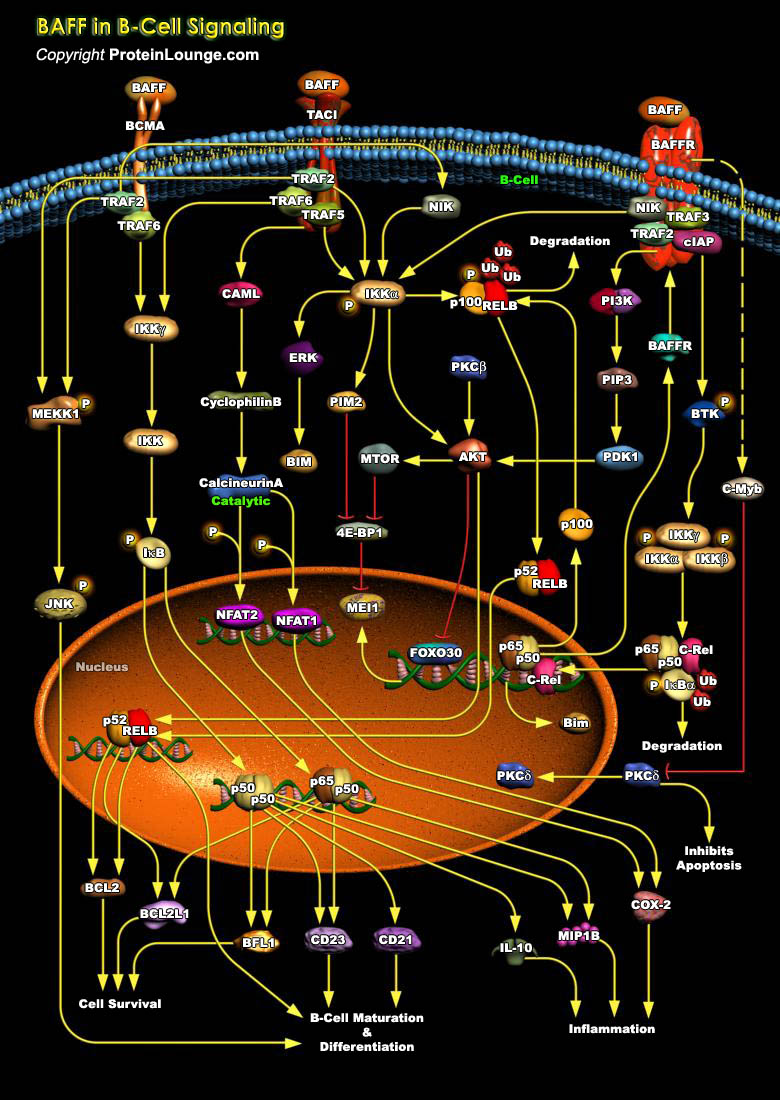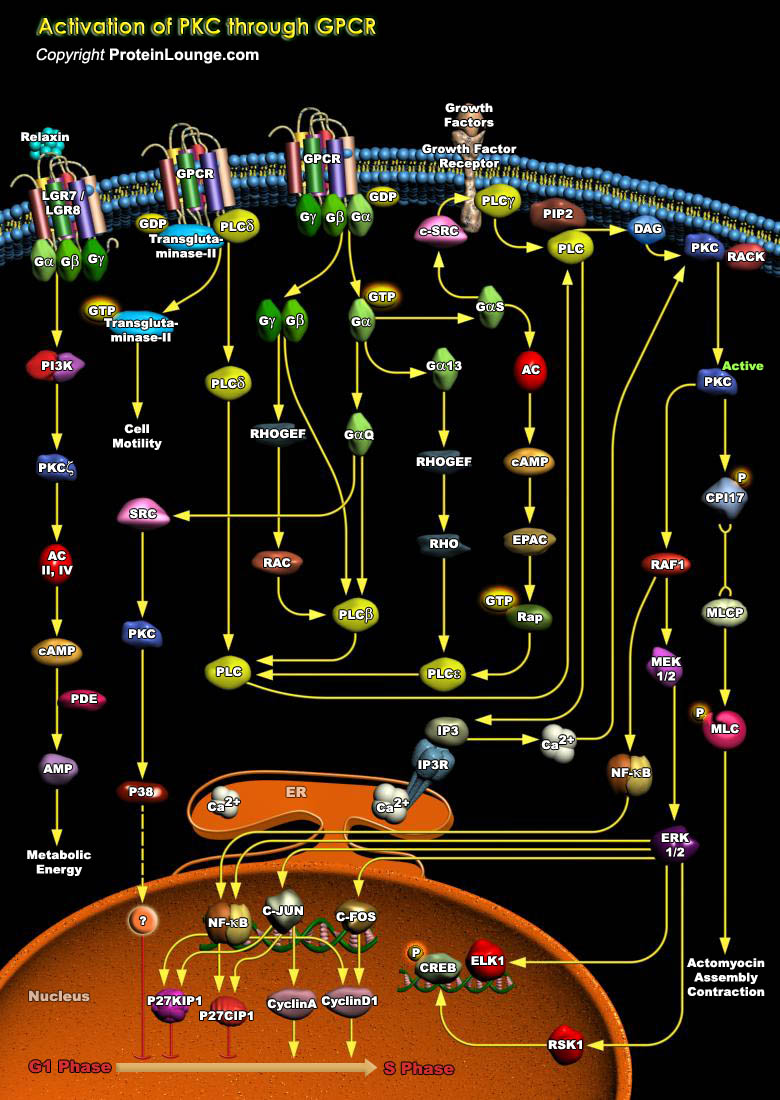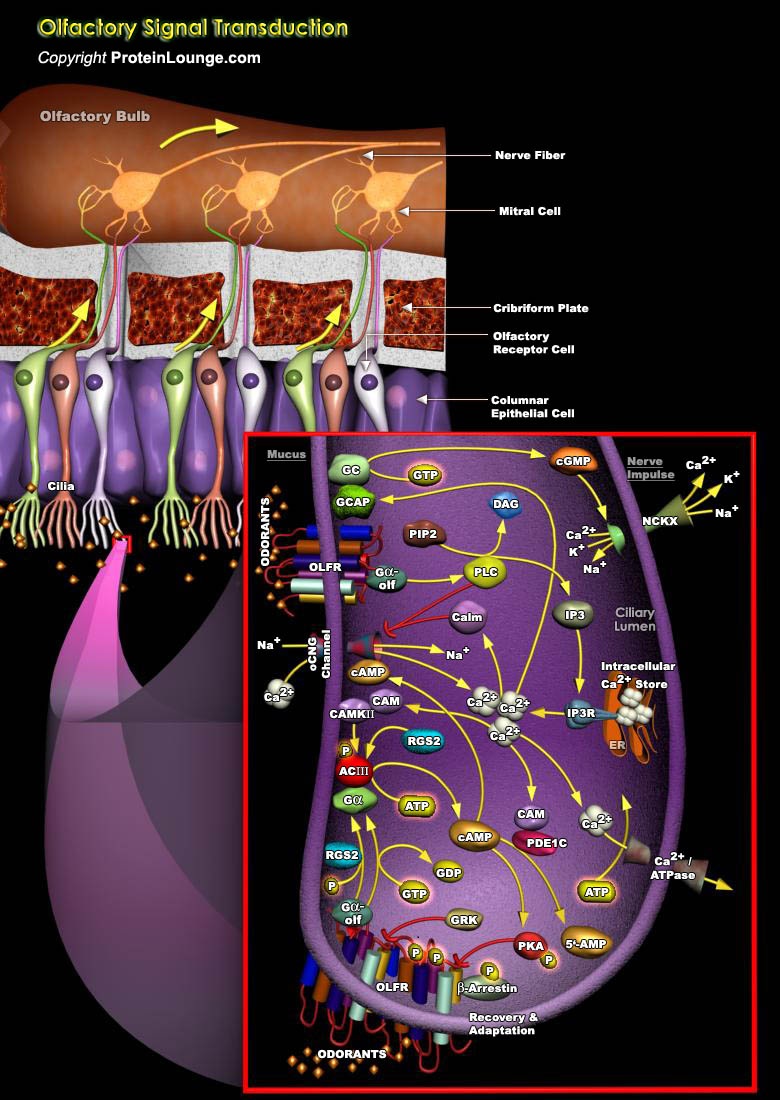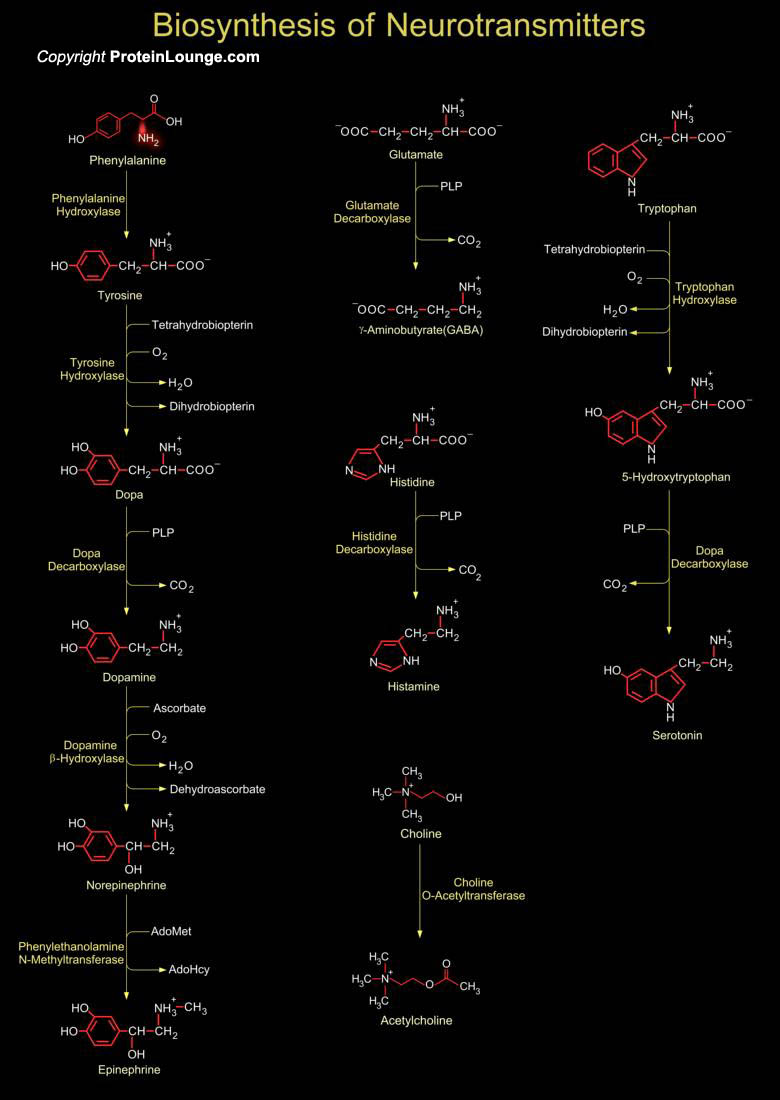Featured Pathways
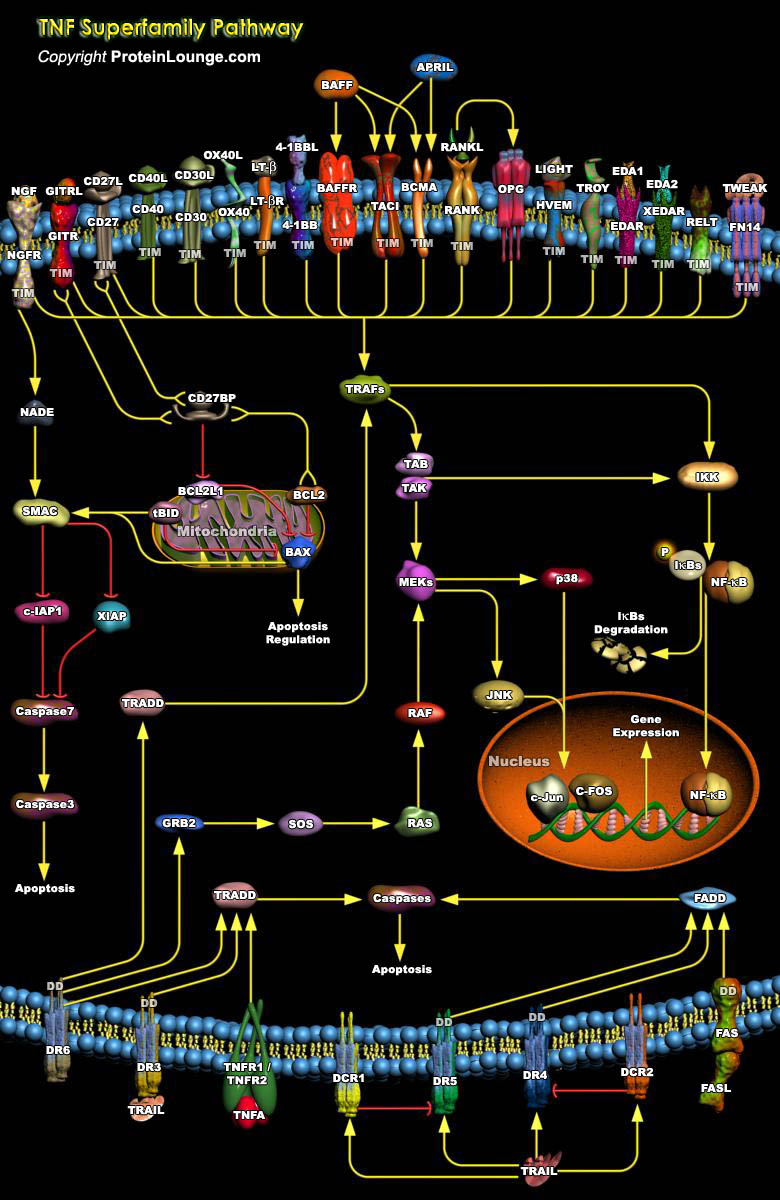
Tumor necrosis factor (TNF) superfamily proteins consisting of 19 members and 29 receptors regulate cell proliferation, cell death, and morphogenesis. The tumor necrosis factor superfamilies members provide key communication signals between various cell types during development, especially in the skin, bones, and lymphoid organs, and maintain organ homeostasis and initiate tissue responses.[..]
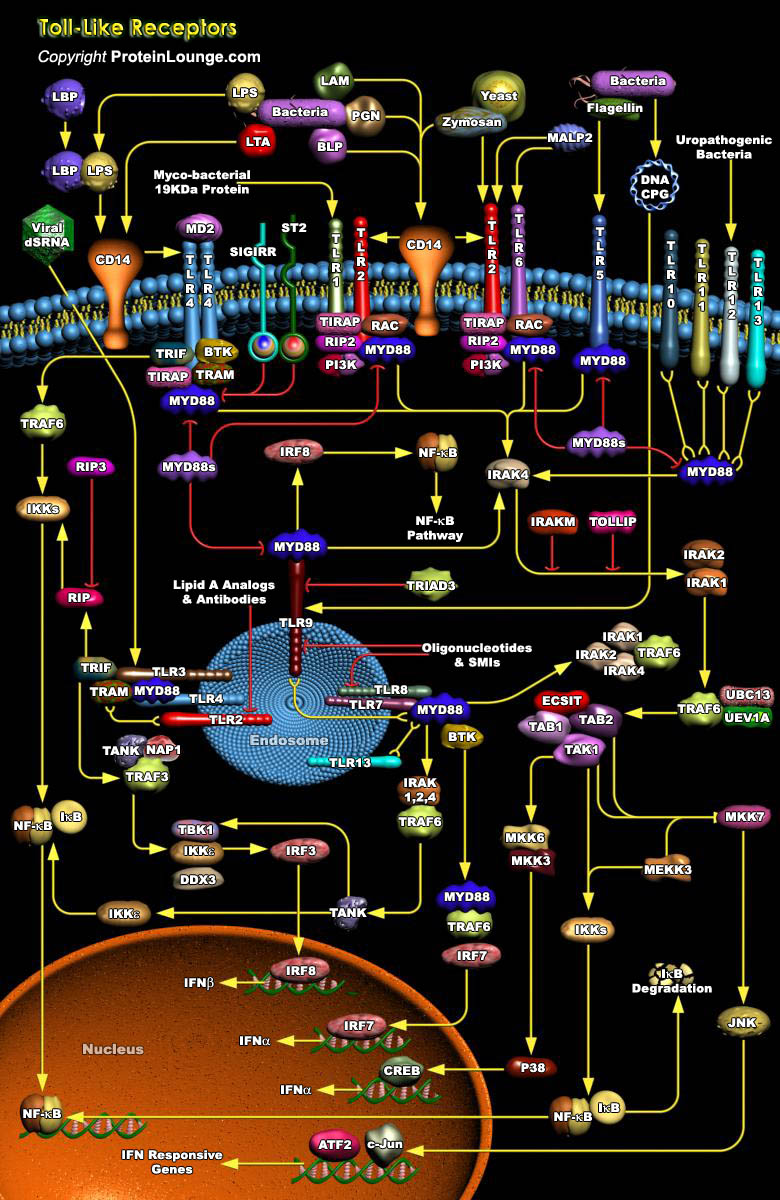
TLRs (Toll-like receptors) are transmembrane proteins expressed by cells of the innate immune system, which recognize invading microbes and activate signaling pathways that launch immune and inflammatory responses to destroy the invaders. Toll receptors were first identified in Drosophila. In mammals, the TLR family includes eleven proteins (TLR1-TLR11). Recently, two new members, TLR12 and[..]
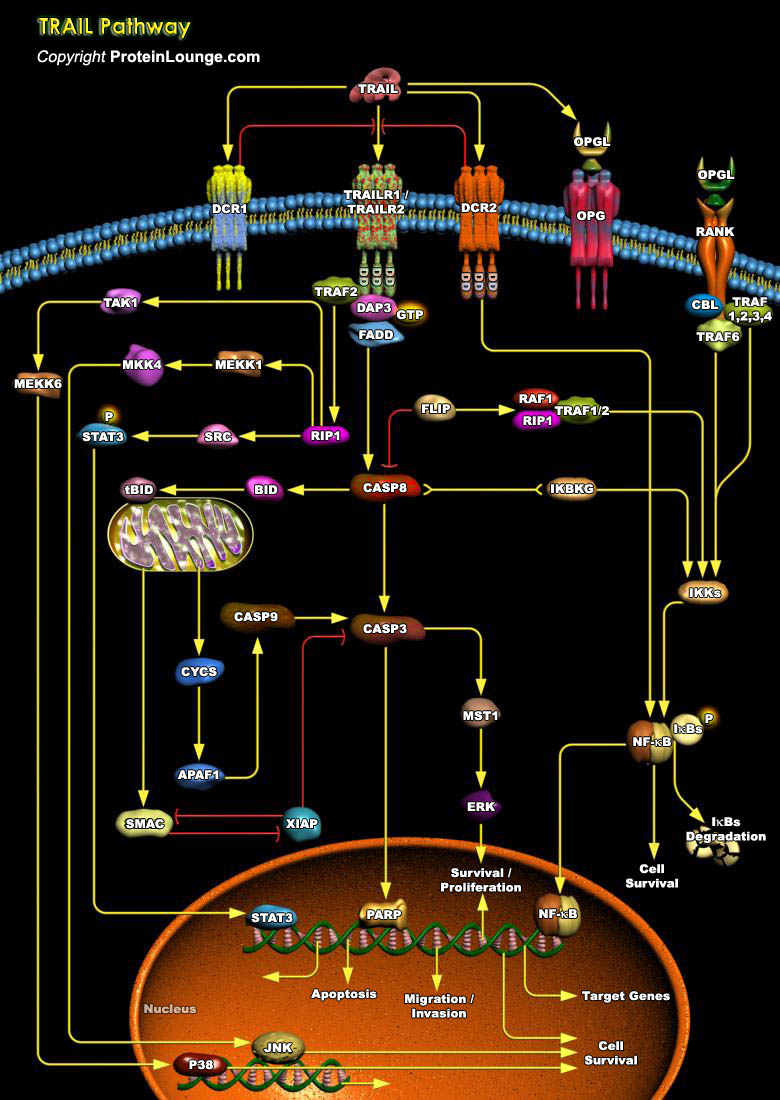
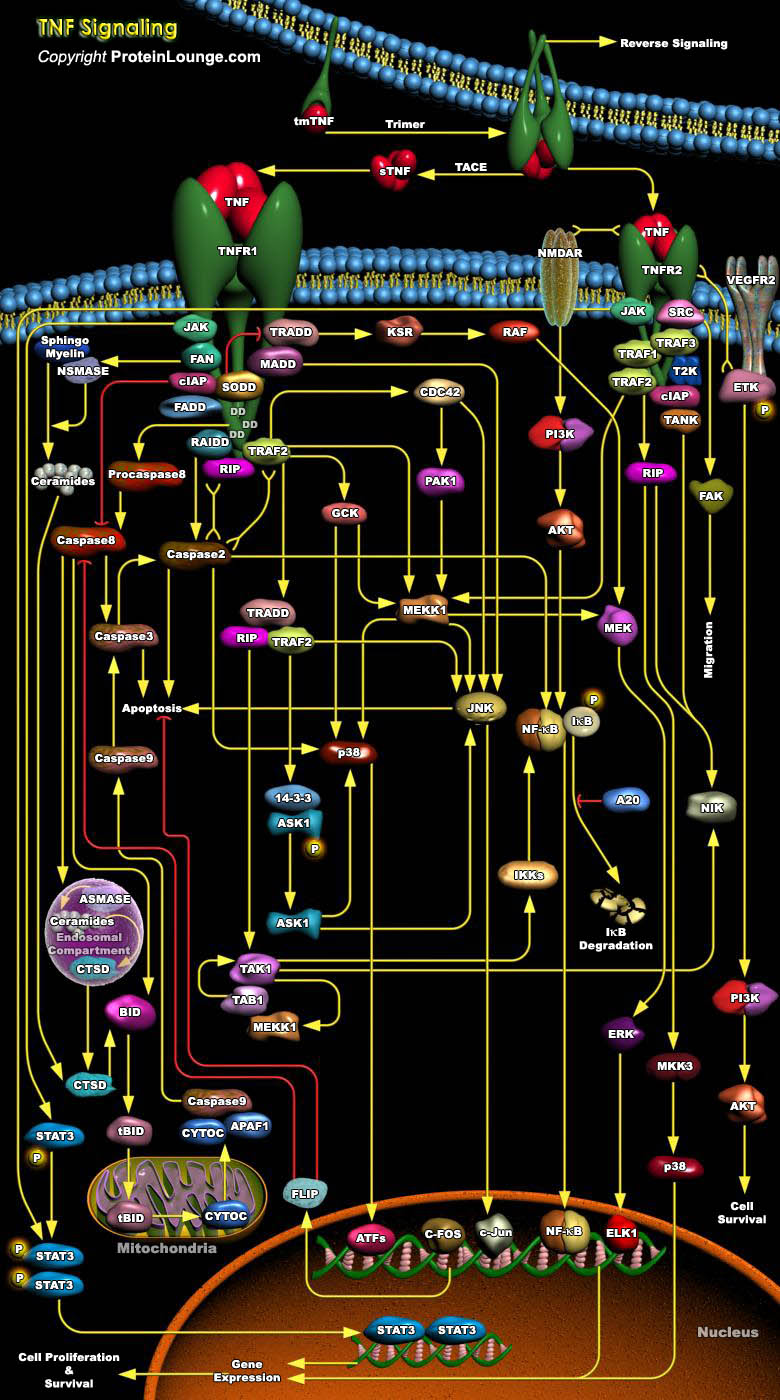
Tumor necrosis factor (TNF) is a pro-inflammatory cytokine with the capacity to induce apoptosis. It is enriched in the tumor microenvironment, promotes tumor growth and subverts innate immune responses to cancer cells. TNF is the best studied member of the TNF superfamily. TNF-alpha can bind to two related receptors, TNF receptors 1 and 2 (TNFR1 and TNFR2), which are also used by other,[..]
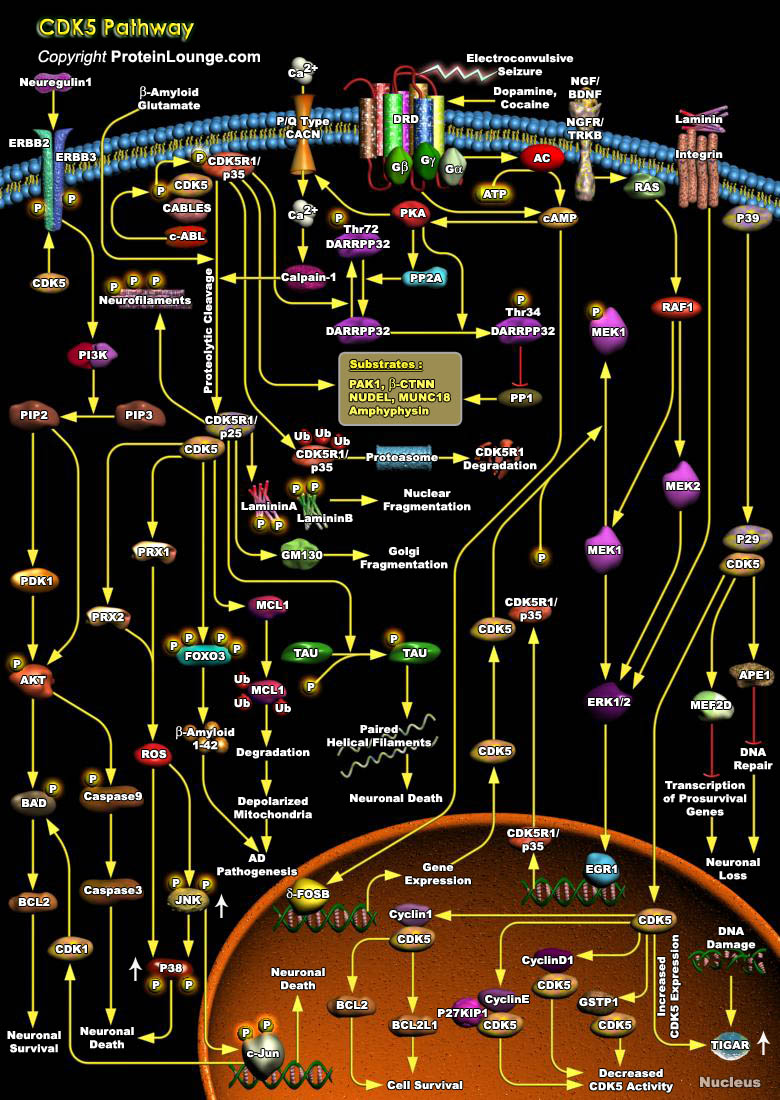
CDKs (Cyclin-dependent kinases) are a group of serine/threonine protein kinases activated by binding to a regulatory subunit cyclin.CDK5(Cyclin dependent kinase-5), a family member of the cyclin-dependent kinases, plays a pivotal role in the central nervous system. During embryogenesis, CDK5 is indispensable for brain development and, in the adult brain, it is essential for numerous neuronal[..]
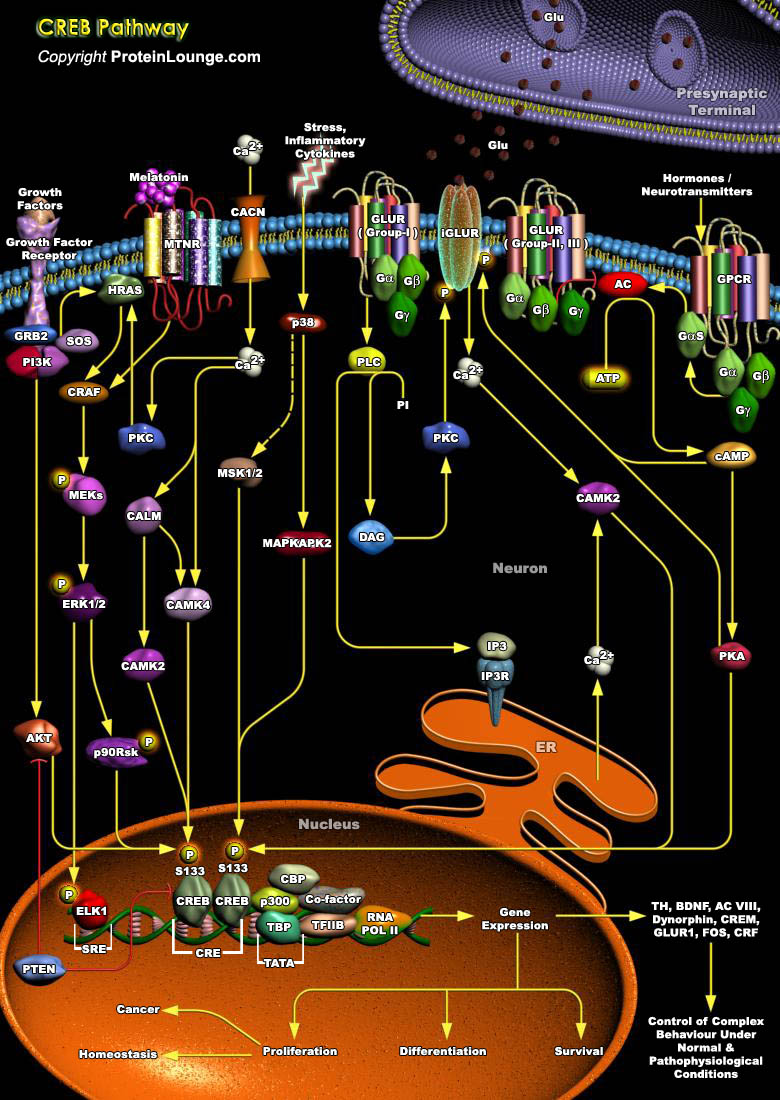
The process of consolidating a new memory and the dynamic complexity of information processing within neuronal networks is greatly increased by activity-dependent changes in gene expression within individual neurons. A leading paradigm of such regulation is the activation of the nuclear transcription factor CREB (cAMP Responsive Element Binding Protein), and its family members the ATF[..]
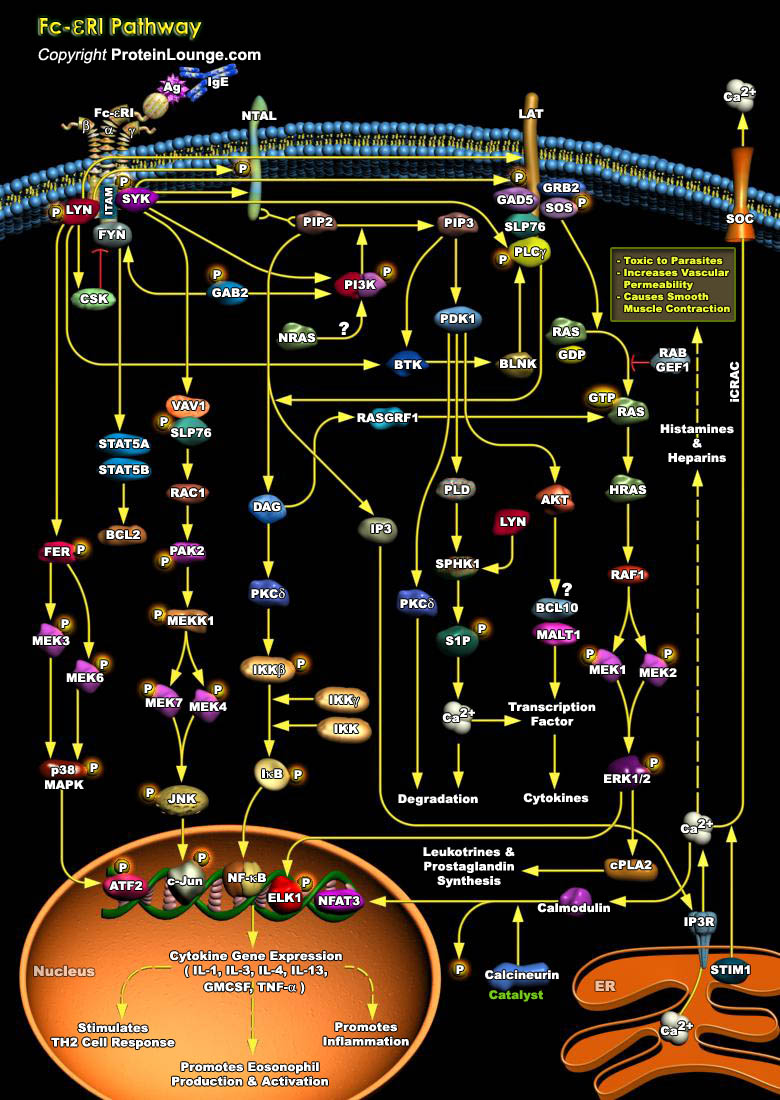
FcεRI is constitutively expressed on mast cells as a tetrameric receptor composed of the IgE-binding α chain, the membrane-tetraspanning β chain, and the disulfide-linked homodimer of the γ chains. The level of expression of the FcεRI on the mast cell surface can be influenced by several factors, such as IgE availability or IgE binding. Antigen (Ag) ligation of IgE-bound[..]
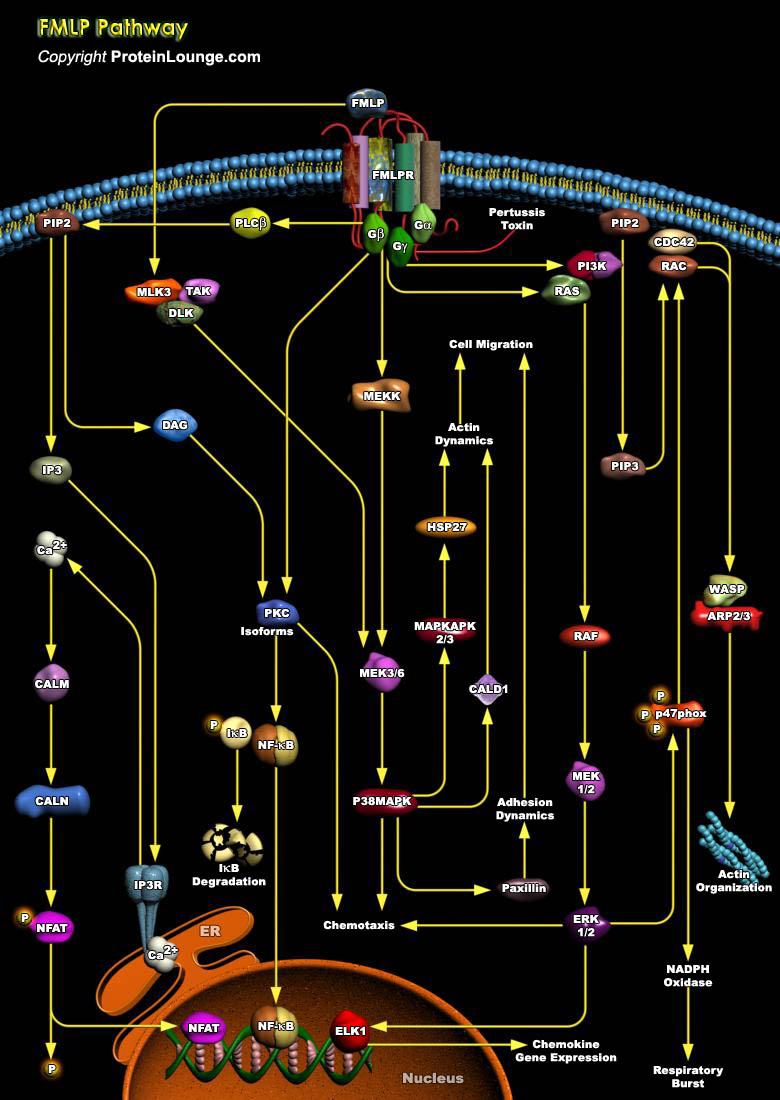
Neutrophils play an important role in the host defense by invading microbial pathogens. Upon infection neutrophils become activated through interaction with chemo attractants and cytokines. These ligands bind to a variety of cell surface receptors, including heterotrimeric GPCR (G-Protein Coupled Receptors) for fMLP (N-formyl-Met-Leu-Phe) and PAF (Platelet Activating Factor), and tyrosine[..]
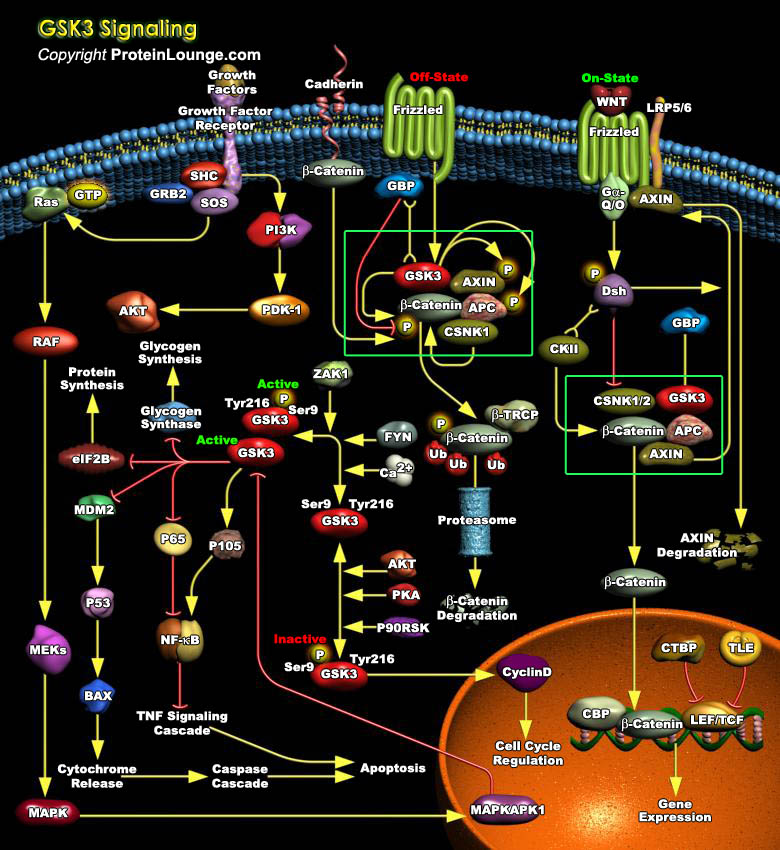
GSK3 (Glycogen Synthase Kinase-3) is a ubiquitously expressed, highly conserved serine/threonine protein kinase found in all eukaryotes. Identified originally as a regulator of glycogen metabolism, GSK3 acts as a downstream regulatory switch for numerous signaling pathways, including cellular responses to WNT, Growth Factors, Insulin, RTK (Receptor Tyrosine Kinases), Hedgehog pathways, and GPCR[..]
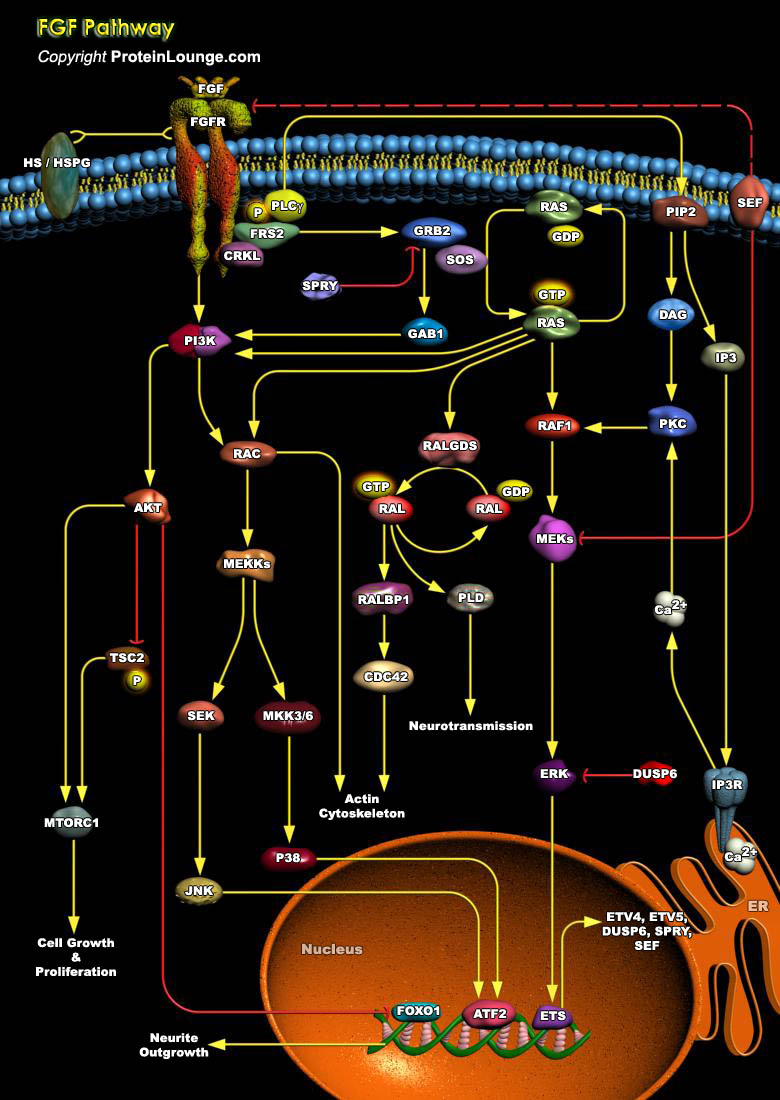
Angiogenesis, the growth of new blood vessels, plays a key role in many physiological and pathological processes, such as ovulation, embryogenesis, wound repair, inflammation, malignant tumor growth, retinopathies, rheumatoid arthritis, and angiogenesis-dependent diseases. One of the best-characterized modulators of angiogenesis is the heparin-binding FGF (Fibroblast Growth Factor) (Ref.[..]
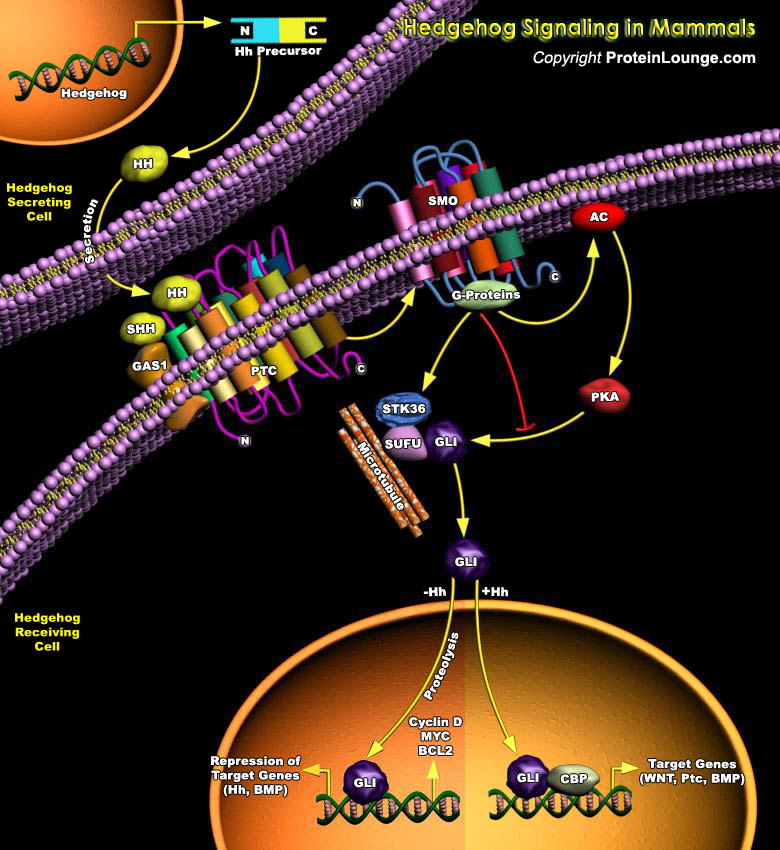
Controlled cell proliferation is a predominant theme in normal embryonic and post-embryonic development, and, in many instances, cell-type specification and cell proliferation are intimately coupled. Several secreted intercellular signaling proteins that behave as morphogens during pattern formation are also implicated in the regulation of the cell cycle. Hedgehogs (Hhs) are one such class of[..]
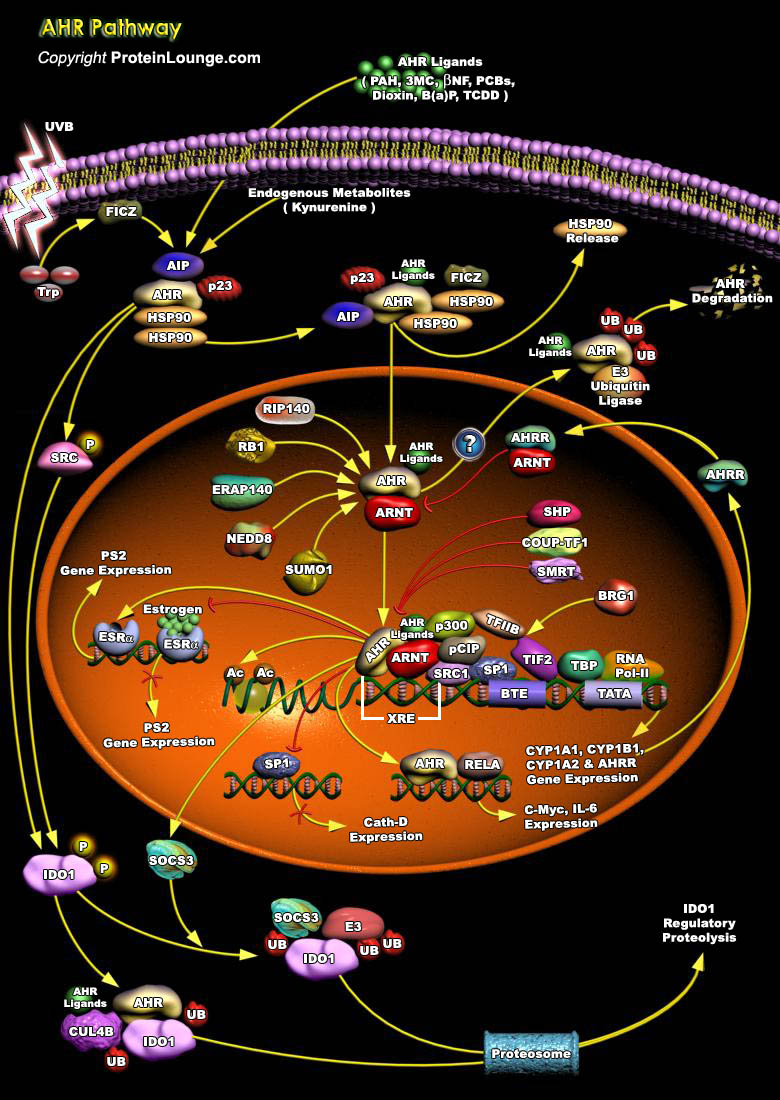
AHR is a cytosolic receptor for low molecular weight molecules, binding and becoming activated by sterically planar ligands approximately three benzene rings in size. It is maximally expressed in interface tissues including the liver, lungs, skin and gastrointestinal tract [Ref.1]. It is recognized as the culprit for most toxic responses observed after exposure to PAH (Polycyclic Aromatic[..]









